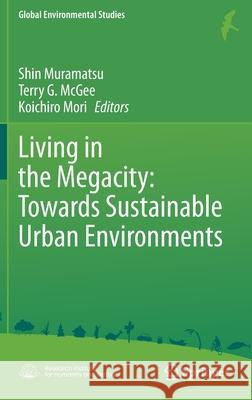Living in the Megacity: Towards Sustainable Urban Environments » książka
topmenu
Living in the Megacity: Towards Sustainable Urban Environments
ISBN-13: 9784431568995 / Angielski / Twarda / 2021 / 225 str.
Kategorie BISAC:
Wydawca:
Springer
Seria wydawnicza:
Język:
Angielski
ISBN-13:
9784431568995
Rok wydania:
2021
Wydanie:
2021
Numer serii:
000428648
Ilość stron:
225
Waga:
0.51 kg
Wymiary:
23.39 x 15.6 x 1.42
Oprawa:
Twarda
Wolumenów:
01
Dodatkowe informacje:
Wydanie ilustrowane











